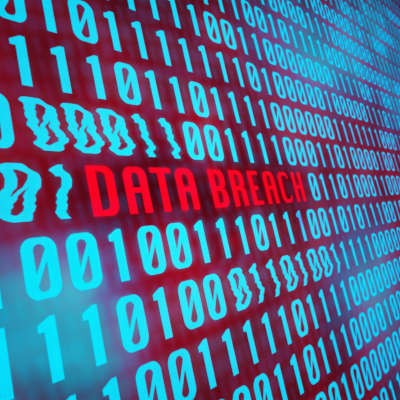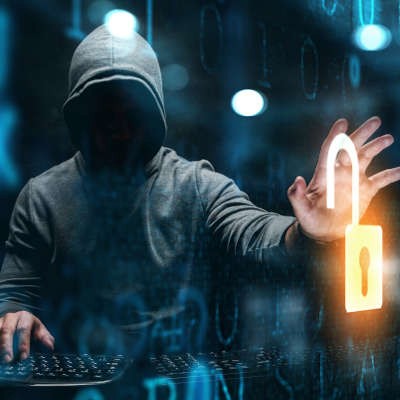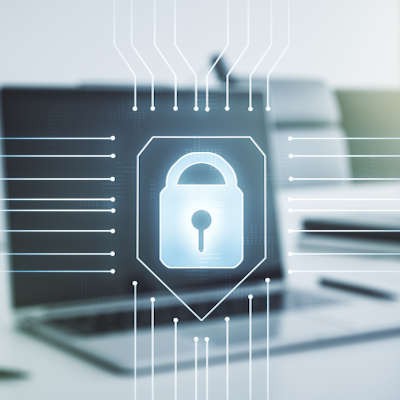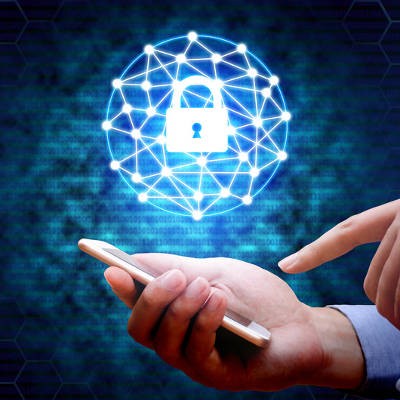About two and a half years ago, the financial services company Equifax was forced to admit that over 145 million people were victims of one of the largest data breaches in history. The company’s network was accessible by hackers from May until July of 2017 after a website application’s vulnerability was exploited.
Advanced Computers Blog
The World Health Organization has been increasingly associated with cybercrime as of late, both as a target and as a spoofed entity. Naturally, this is to be somewhat anticipated, giving the continued global health crisis that we are all facing. Let’s go over some of the events that the WHO has been associated with as of late.
Whether you’re referring to ransomware, phishing, data theft, spoofing, any of the many forms of cybercrime, it is something that all businesses need to prepare themselves for. While different business sizes will have differing scales to contend with, these kinds of preparations will involve the same basic principles. To help you best defend your company against cybercrime, here are a few tips based on those principles.
With so many people forced to work from home, your conferencing solution is likely getting a workout. With news coming in suggesting that many of the most popular video conferencing software titles have vulnerabilities, it is important for your business to find one that is reliable and promotes security. Today, we’ll go through how to ensure that your video conferencing software is getting the security attention it needs to be an effective option for your business.
According to the latest edition of Microsoft’s regular Security Intelligence Report, phishing attacks are the most prevalent cyberthreat. Considering what is currently going on in the world, this is almost assuredly still the case, which means that businesses and individuals alike need to be more aware of how to spot these attempts. To help, we’ve put together a few tips.
The security of your business’ digital assets is extremely important, which is why it is disheartening when we see so few organizations taking the steps they need to sufficiently protect them. We thought we would go through some practices that will help you protect these assets and start you on your way to developing a security strategy of your own.
Ransomware has become infamous in the past few years, largely due to its involvement in a growing number of cyberattacks during this time. Of course, not all ransomware works in the same way, and recognizing the difference could prove to be useful. Therefore, we’ve taken a few moments and assembled a brief description of the four most common ransomware varieties.
We talk about network security a lot, and for good reason. The majority of today’s businesses rely heavily on their information systems and there is plenty of danger presented by Internet-based threats. However, some organizations spend so much time worrying about cyber threats that they forget that physical threats exist outside the technology plane. Your organization needs to take steps toward securing its on-site premise, as well as the digital space in which your business exists.
We are never shy about insisting that certain standards are met when devising passwords, but many major companies are seemingly far less worried about password security than we are. A recent study conducted by the password manager developer Dashlane paints a troubling picture of the state of password security, providing anecdotal evidence in the form of some very well-known and trusted companies scoring at the low end of the password security spectrum.
When it comes to hacking and cybercrime, it can literally be a few seconds that will ruin your business. One single chink in your network’s armor is all it takes for your data to be compromised. Modern SMBs need to take every opportunity to ensure they’re using best practices to help keep their network safe and secure. Here’s a look at four network security bad habits that you and your team can fix today.
Too often, the desire to share an exciting travel destination with the world overrides any security or safety concerns one might have. Even people who are traveling for business will use social media to document their trip as a method of promoting their attendance at the event over social media. This includes photographing and sharing proprietary documents, like boarding passes and passports.
We live in an era where the term “fake news” makes up a significant portion of the headlines. The Internet makes it very easy to misinform others and spread false rumors or news, as you can do so relatively anonymously with little fear of consequence. This has become a problem on social media sites like Facebook, which recently shut down a major “troll farm” in response to continued complaints.
Have you ever thought about what would happen if your IT administrator were to go rogue and create redirects on your website that take your visitors to inappropriate content? Well, it happened to one unfortunate company in Arizona, and it ended poorly for both parties involved. What started as a ransom ended up as four years of probation and a huge sum of cash paid in restitution.
By now, you’ve heard all about the Equifax data breach, which exposed sensitive information of 143 million individuals. To keep this from leading to identity theft and other challenges for these users, many professionals are encouraging them to freeze their credit lines. To do so, a PIN is required, which is something that a hacker can easily take advantage of.
Email is (and has been) a prime method of communication for businesses of all sizes. With email comes a whole slew of issues that are essentially synonymous with the technology; spam, information overload, phishing, and information privacy. Even New York small businesses that only do business locally are at risk of these issues. Personal email accounts are equally at risk. Employing proper precautions and practices whenever communicating via email is very important to prevent the risk of security compromises, monetary loss, and even legality issues.


















